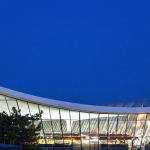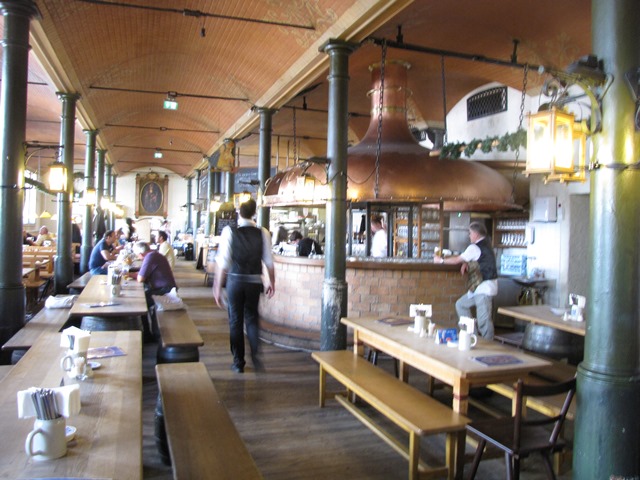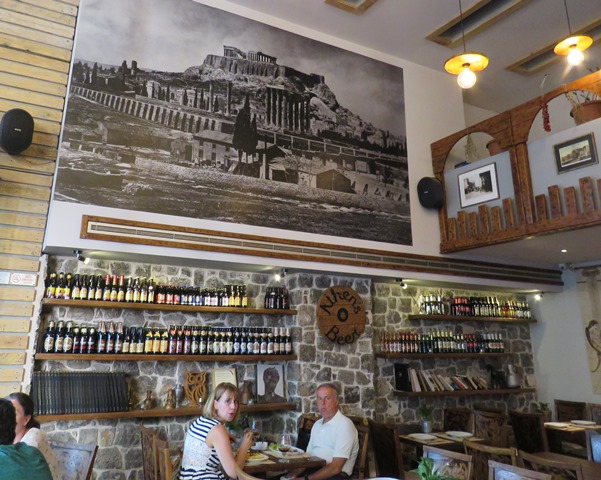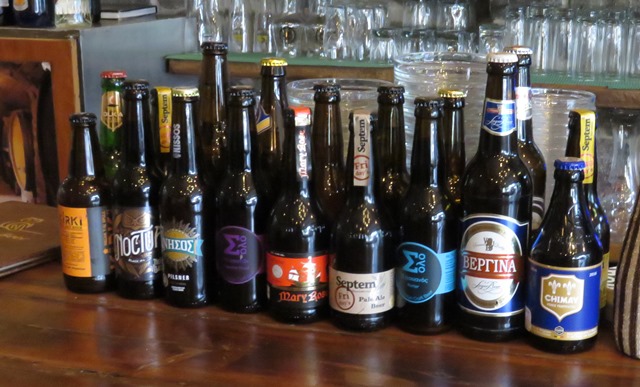
Hotel Roanoke, a former Railroad Hotel. is an absolute gem.
For much of May, we’ll be featuring the exceptionally vibrant beer scene in Roanoke, Virginia. Roanoke isn’t the only city that figured out a beer-friendly town is an economically growing town, but it did it better than most. Three local brewers, two Virginia brewers and one of the best of the west offer a marvelous range of experiences. A first class historic hotel is icing on the cake.





















